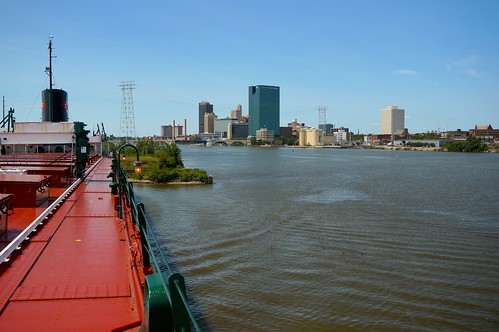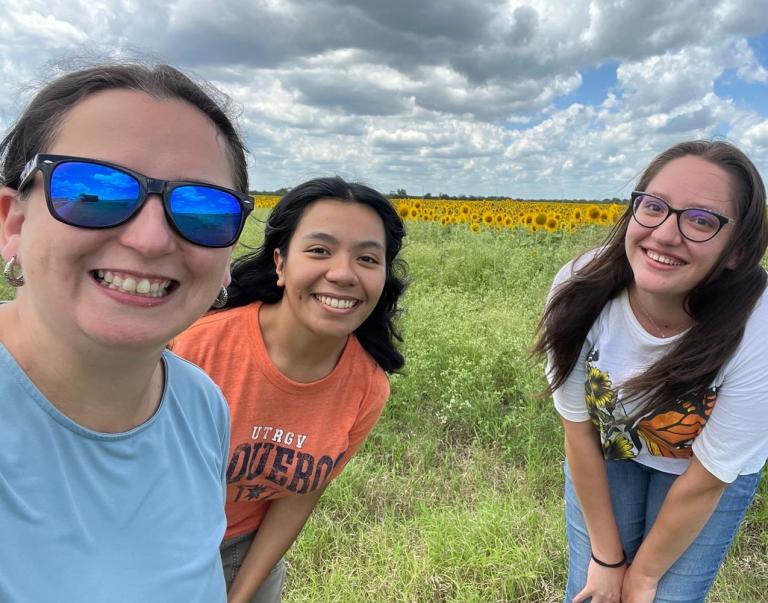
USDA has a long history of investment in water quality and quantity issues. Still, Toledo, Ohio Mayor Michael Collins issued an emergency water advisory leaving about 500,000 people without clean tap water to drink or cook with from Aug. 2 to Aug. 4. The reason for the advisory: toxins produced by algae in Lake Erie got into the city's water supply. Residents were forced to rely on bottled and trucked-in water for drinking, cooking, and brushing teeth. The Lake Erie algae bloom incident shows we all have a lot more work to do to ensure adequate water supplies for now and into the future.
In response to the algae bloom incident, USDA leadership, represented by Terry Cosby, NRCS state conservationist, joined Senator Sherrod Brown and Representative Marcy Kaptur, this week to immediately announce $2 million in new federal emergency funds to reduce runoff in the Western Lake Erie Basin.
“It’s the largest watershed in the Great Lakes and we’ve got to get this right,” Kaptur said.
Planting about 35,000 acres of cover crops in a 4.5 million acre watershed won’t solve all the water problems in the basin, but “it’s a start,” said Cosby. Cosby and his team are encouraging farmers who have been hesitant to try planting cover crops to take this opportunity to minimize their financial risk and do just that. That conservation needs maintaining, renewing, and adapting in response to the changing climate and ecosystem. Conservation is never a one shot fix, it’s a way of life. Much like having a safe, reliable source of water is a way of life, one that Toledo area residents appreciate now as never before.

The new funding is available for agricultural producers to apply to cover crops, which experts agree offer the best protection to prevent soil and nutrient erosion in the next season. Over the past five years, USDA has worked with landowners, community leaders and members of Congress to invest about $46 million targeted to restore and protect the Great Lakes. Just this year, Agriculture Secretary Tom Vilsack designated the Great Lakes Basin as a critical conservation area, or CCA, in the new 2014 Farm Bill Regional Conservation Partnership Program, which will invest an additional $1.2 billion through conservation partnership projects to improve water quality and quantity.
Secretary Vilsack said farmers are doing their part, and it’s important to continue supporting them. “We are swiftly responding with voluntary conservation efforts that will make the most positive impact to help the water quality in Lake Erie. We’ll continue to offer technical and financial assistance through our direct relationships with the farmers and by partnering with private and public groups through this additional funding along with all of our focused conservation efforts in the Great Lakes basin.”
Recently, USDA leadership met with more than 100 farmers, agricultural groups and fertilizer dealers in Ohio to collaborate on the best way to manage conservation issues that may contribute to on-going water quality issues in the Western Lake Erie Basin.
Applicants can find more information or apply for funds at www.nrcs.usda.gov/getstarted.



